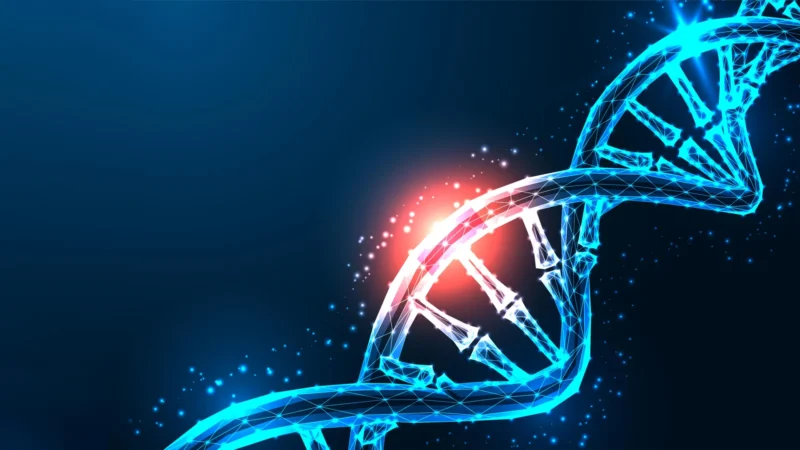Top Highlights
-
Fluorescent Sensor Breakthrough: Utrecht University developed a fluorescent sensor that allows real-time observation of DNA damage and repair in living cells, a significant advancement over traditional methods that only provided isolated snapshots.
-
Gentle and Natural Mechanism: Unlike conventional tools, the sensor utilizes parts from natural proteins in cells, enabling it to bind gently to damaged DNA without interfering with the cell’s repair processes.
-
Continuous Monitoring Advantage: Researchers can now monitor the entire DNA repair sequence as a continuous “movie,” providing comprehensive data on damage occurrence, repair protein activity, and resolution, enhancing understanding of cellular behavior.
-
Broad Research Applications: The sensor shows promise for improving cancer drug assessments, studying aging, and examining mutagenic exposures, with availability to the broader research community for immediate use.
A New DNA Damage Sensor for Living Cells
Scientists at Utrecht University have made a significant breakthrough in understanding DNA repair. Their newly developed fluorescent sensor allows researchers to observe DNA damage and repair in real time within living cells. Traditionally, studying these processes required killing and preserving cells, producing only sporadic snapshots of repair events. This innovative method changes that dynamic entirely. By watching the continuous repair process, researchers gain a clearer picture of how cells combat damage from sunlight, chemicals, and natural body functions.
The sensor operates by using a natural protein’s small domain, which interacts gently with damaged DNA. Unlike conventional antibodies that can disrupt the cell’s repair systems, this tool allows researchers to visualize repair without interference. Lead researchers describe this capability as revolutionary, offering insights into how errors can lead to aging and diseases like cancer. The ability to monitor these intricate processes in real time opens doors to more accurate studies in cancer biology and aging research.
Better Tools for Medical and Drug Research
The implications of this technology extend far beyond lab experiments. With its potential to improve drug safety studies, this sensor may transform the development of cancer therapies that rely on precise measurements of DNA damage. Current methods often involve costly and time-consuming antibody tests. This sensor promises to make those tests cheaper, faster, and more reliable.
Researchers have already expressed keen interest, seeking to implement the tool in their own studies. By making this sensor widely accessible, the team aims to foster collaboration and innovation. As scientists tap into this new resource, the continuous view of DNA repair can lead to groundbreaking discoveries, ultimately enhancing our understanding of health and disease. This advancement underscores the importance of accessible scientific tools as we navigate the complexities of life at the cellular level.
Discover More Technology Insights
Stay informed on the revolutionary breakthroughs in Quantum Computing research.
Explore past and present digital transformations on the Internet Archive.
TechV1

